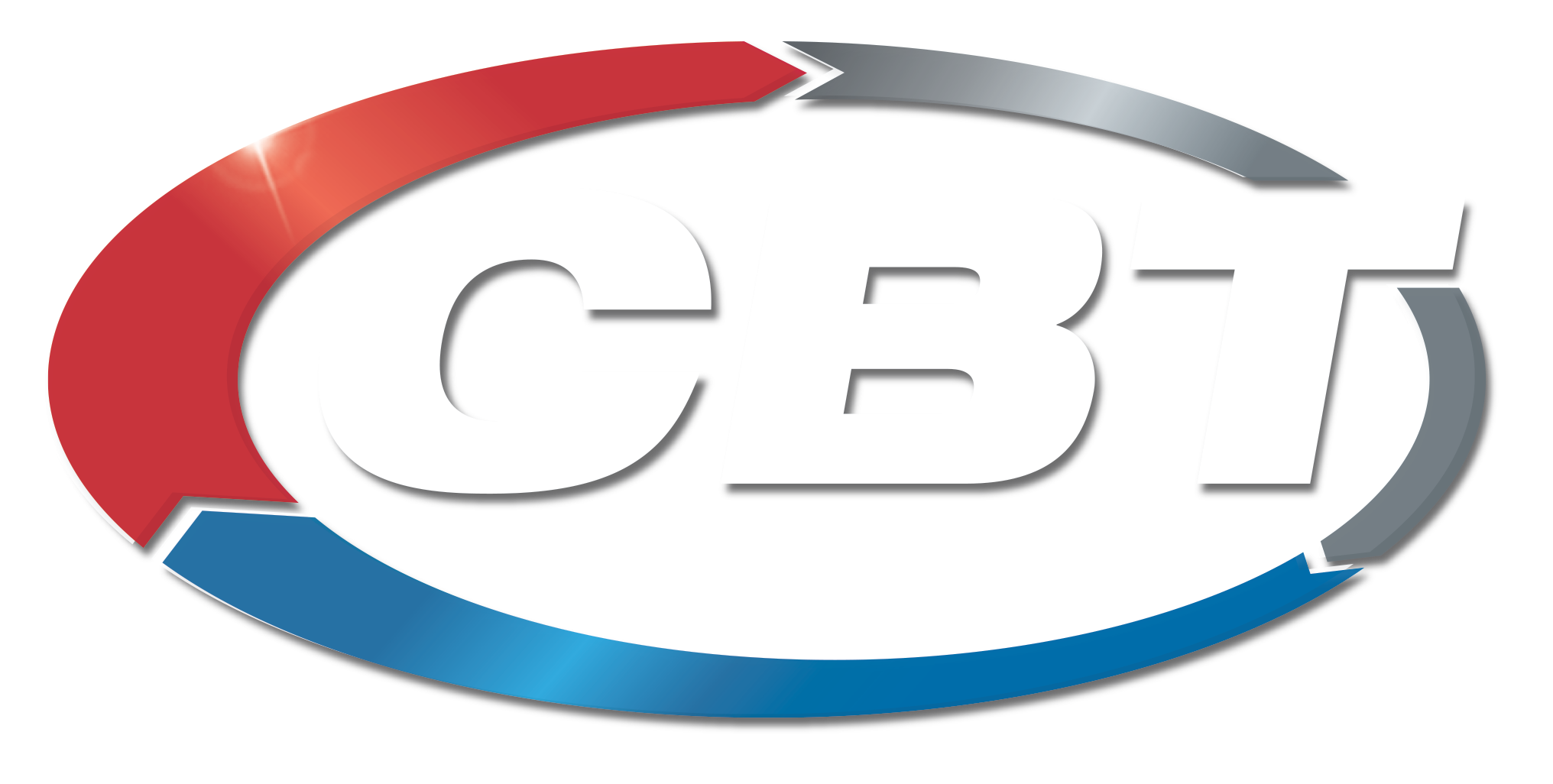Lighting is an essential aspect of any industrial or office environment. Lighting helps improve safety by making it easier for workers to see potential hazards, such as moving machinery or uneven surfaces, and it can improve productivity by reducing eye strain and fatigue, which can lead to accidents. Lastly, the aesthetic of lighting can create a more comfortable and inviting workspace.
However, with many options available today, choosing the right lighting solution takes time and effort. Jason Self, Lighting and Power Distribution Specialist, says the lighting industry differs from when he first began.
“When I entered the business twenty years ago, the most advanced technology was T5 and pulse start metal-halide lamps. Now, with LED lights, the industry has changed significantly,” Self says.
Self says several factors need to be considered before any solution is implemented, as misapplication can be a common issue.
“Let’s use heavy manufacturing lighting solutions as an example. Most processing plants use Highbay lights, but Highbay lights have a variety of factors plant managers need to consider, such as lumen output, mounting height, correlated color temperature and glare.”
While high temperatures and heat are not usually a problem, Self says, sometimes the working environment must also be considered.
“In some occurrences, lighting may be placed in hazardous locations. Thankfully, we have lighting solutions safe for operation in the presence of explosive dusts or vapors” he says.
The type of business can also impact lighting needs, as different industries have different regulations.
“Food processing plants, for example, require specific lighting solutions. One instance is NSF –rated fixtures that are capable of being washed down and are also crevice–free, reducing potential hiding spots for pathogens to cultivate,” Self says.
NSF International provides third-party certification of Food and Drug Administration requirements and regularly consults on sanitation practices. Outside of the manufacturing space, Self says office lighting has its own design considerations.
“Most factories have an office area of some type. And the lighting needs range from very basic to complex,” Self says. “There are chandeliers, downlights, wall washers, and more artistic lighting choices. Color temperature is also something to consider. 4000 Kelvin is a great lighting choice for office applications because it gives off a neutral white color which can help with eye fatigue associated with common office tasks.“
Self is a member of the Illuminating Engineering Society (IES) Industrial Lighting Committee. This committee is responsible for the joint ANSI/IES standard RP-7 “Recommended Practice for Lighting Industrial Facilities.” One topic the group is focusing on is light pollution, Self says.
“If we have exterior lighting in a facility that is going past the property line and causing a nuisance to the facility’s neighbors, that is what we call light trespass,” Self explains. “We can design lighting systems to reduce light trespass and be better neighbors. This is just one of the few topics we are exploring.”
Other factors plant managers need to be aware of include rebates and maintenance.
“Companies concerned primarily with maintenance reduction should consider choosing LED fixtures, which have the highest upfront cost but require the least maintenance of the three common types of lighting. LEDs don’t use bulbs and have a typical rated life of 100,000 to 150,000 hours. By comparison, metal halide bulbs last only about 15,000 hours, and fluorescent tubes last about 35,000 hours on average,” according to Plant Services.
Ready to illuminate your workspace? Call Jason and our team of lighting specialists today!












